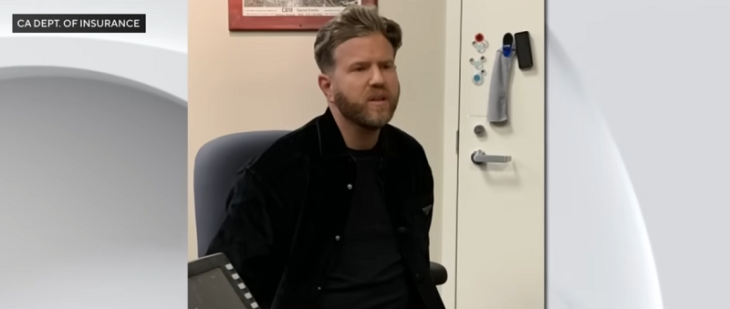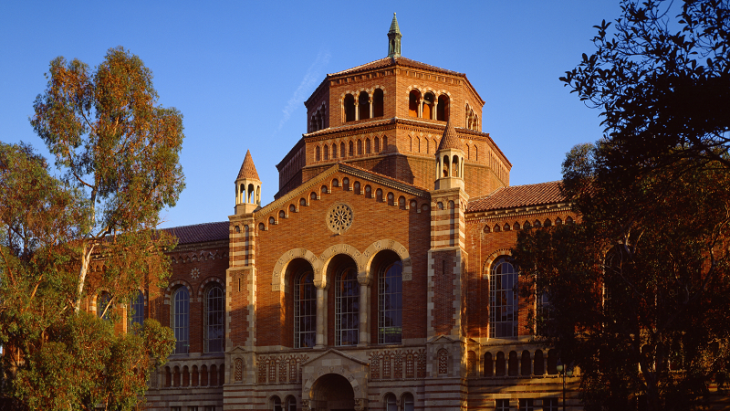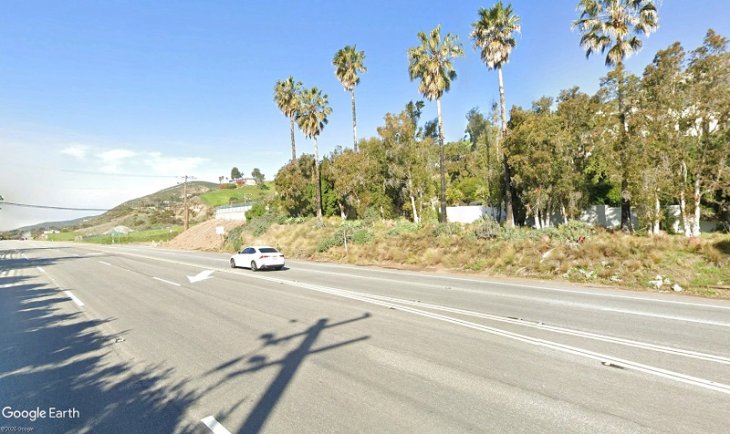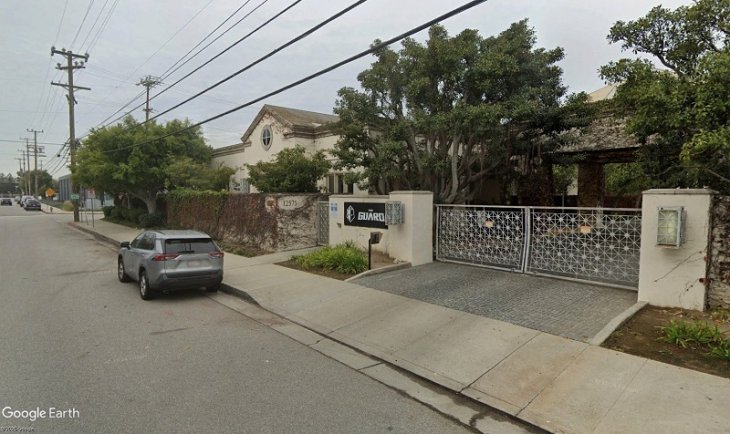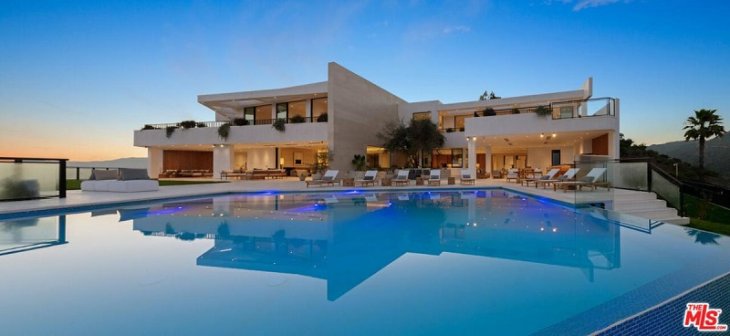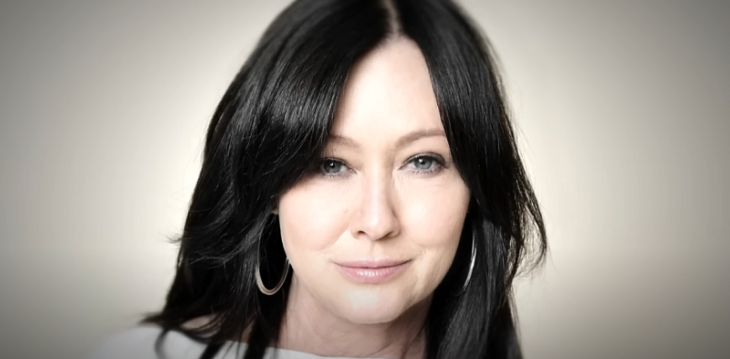
Classic architectural design concepts from the mid-1930’s to mid-1960’s are being revitalized with a “21st Century twist.”
These concepts are once again in vogue because they reflect good basic design principles that make day-to-day living easier and promote a better quality of life. They are not just current fashion statements, but ideas that have proven the test of time.
The past era of “cool” known as Mid-Century Modernism has come back in a big way with an updated sleekness and re-envisioned use of geometric design and modern materials.
These new architectural designs focus on the creation of harmony between the structure and the environment. The key elements start with simplicity of design and connection of the outside to the interior.
In keeping with the prior Century’s design strategy, homes are being built around existing landscaping bringing natural elements of the environment like trees and water features into the interior spaces through the use of tall walls of glass and other design strategies. These natural elements become focal points from inside the home or terrace.

Innovative architect Jonathan Weston who has designed modern homes in Beverly Hills and Palm Springs provides a good example of the smart adaptation of Mid-Century Modern principles. His book, “Contemporary Homes,” provides striking illustrations of these stunning designs.
Inspired by the work of master architects of the Mid-Century Modern era, Weston designs using form to facilitate function and ease of living. A generous 90-foot veranda in a Palm Springs home he designed functions to help keep direct sun away from the interior while providing easy outdoor living beside an avant garde water features a four sided infinity pool.
Weston also designed a center courtyard mirror pool to reflect the surrounding artwork and structure creating harmony between the exterior and interior. Other features reminiscent of the 1960’s era are clerestory windows to light the interior space but updated with tinted windows to avoid the heat of the sun.
Weston says despite the advent of computer designed software, he will still pull out his pencil when enthusiastic about a new idea and do his signature freehand drawing of an imagined home design sketched on a napkin over coffee.
In another modern home Weston designed, he celebrates the past Mid-Century Modern era with the excitement of the interior of the home hidden behind a windowless façade for privacy.
Mid-Century Modern masters of architecture are recognized for the creation of homes where the approach is private, but once entering the home there is a gradual progression from privacy to formal foyer with high ceilings leading to the public rooms with tall walls of glass where living areas open to serene views.

The Mid-Century Modern adage of “form follows function” is still adhered to today in the contemporary homes that are reinventing and improving upon the original concept. Good design ideas from this past era, like the importance of privacy from the street, are resurging.
The privacy of the home is maintained toward the street with the visitor’s excitement growing as movement is made through open spaces to a pleasing aesthetic reward, whether a mountain view, pool of water or simply a beautifully landscaped back yard.
The updated modern look generally leaves behind the dark woods and green, orange and brown color palette of the 1960’s. If used at all, these colors are used sparingly. The new look calls for neutral, muted colors with varying shades of gray a popular choice for a modern vibe.
There are also many updated fresh takes on Mid-Century Modern geometric patterns. The classic starburst design in mirrors and clocks is also being given an updated look with metallic finishes instead of dark wood.
Today’s Mid-Century Modern keeps to the original concept of open flow floor plans and maximizes natural light with minimal window coverings.

Ornamental screens, another classic element of Mid-Century Modern architecture are adapted from early versions with a fresh look incorporating updated design and high tech materials. These decorative screens serve to provide a feeling of privacy and separation from other areas without actually walling off interiors and cutting off the flow and open feeling.
These are just some ideas for bringing the Mid-Century Modern’s vision of the future into 21st Century design.
Whether building a brand new home or renovating one, I recommend a homeowner get a detailed proposal of all the work to be done, the costs and a schedule. If remodeling for the purpose of selling, it is a good idea to understand which projects add value to the asking price of your home as not all renovations will add to the bottom line.
For a free courtesy consultation, or information regarding mortgage brokers, contact Bess Hochman, a top Westside Real Estate Broker for over 20 years. Bess is also distinguished by holding a law degree. This article expresses the opinion of the author. You are advised to consult attorneys and others experts specializing in the issues referenced in this article.
Contact Bess by phone at 310.291.4111 or email Bess.CenturyCityNews@yahoo.com.


